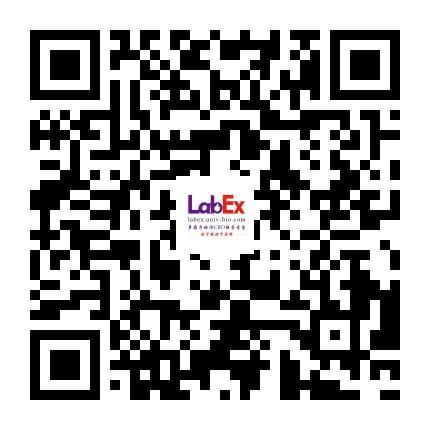Intrinsic transcriptomic sex differences in human endothelial cells at birth and in adults are associated with coronary artery disease targets
- Sci Rep
- 4.996
- 2020 Jul 23;10(1):12367.
- Human
- 流式
- 循环系统
- 内皮细胞
- 冠状动脉疾病
- CD45
相关货号
LXFH06-1
Abstract
Sex differences in endothelial cell (EC) biology may reflect intrinsic differences driven by chromosomes or sex steroid exposure and gender differences accumulated over life. We analysed EC gene expression data from boy-girl twins at birth and in non-twin adults to detect sex differences at different stages of life, and show that 14-25% of the EC transcriptome is sex-biased. By combining data from both stages of life, we identified sex differences that are present at birth and maintained throughout life, and those that are acquired over life. Promisingly, we found that genes that present with an acquired sex difference in ECs are more likely to be targets of sex steroids. Annotating both gene sets with data from multiple genome-wide association studies (GWAS) revealed that genes with an intrinsic sex difference in ECs are enriched for coronary artery disease GWAS hits. This study underscores the need for treating sex as a biological variable.
金课堂之文献解析 文献原文请点击
本网站销售的所有产品及服务均不得用于人类或动物之临床诊断或治疗,仅可用于工业或者科研等非医疗目的。







 沪公网安备31011502400759号
沪公网安备31011502400759号
 营业执照(三证合一)
营业执照(三证合一)


